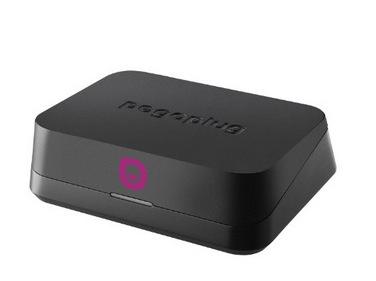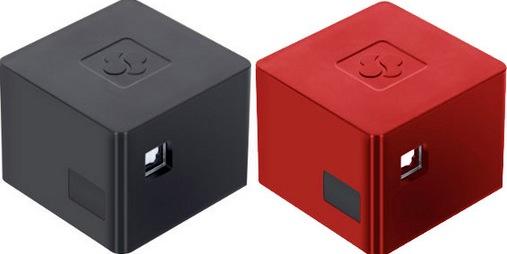VoIP Hardware Deal of the Year: Meet the $20 Pogoplug 4 with Incredible PBX
This week’s project is not for mere mortals. It’s for techies that also happen to be cheapskates frugal. You may recall the Pogoplug from yesteryear. Well, the Pogoplug 4 still is around and can be yours for under $20 with free 2-day shipping if you’re an Amazon Prime member. But the clock is ticking on these bad boys. Once they’re gone, they’re gone.1 UPDATE: There’s more good news. Now the cost with the Pogoplug Backup & Sharing model is just… Read More ›



